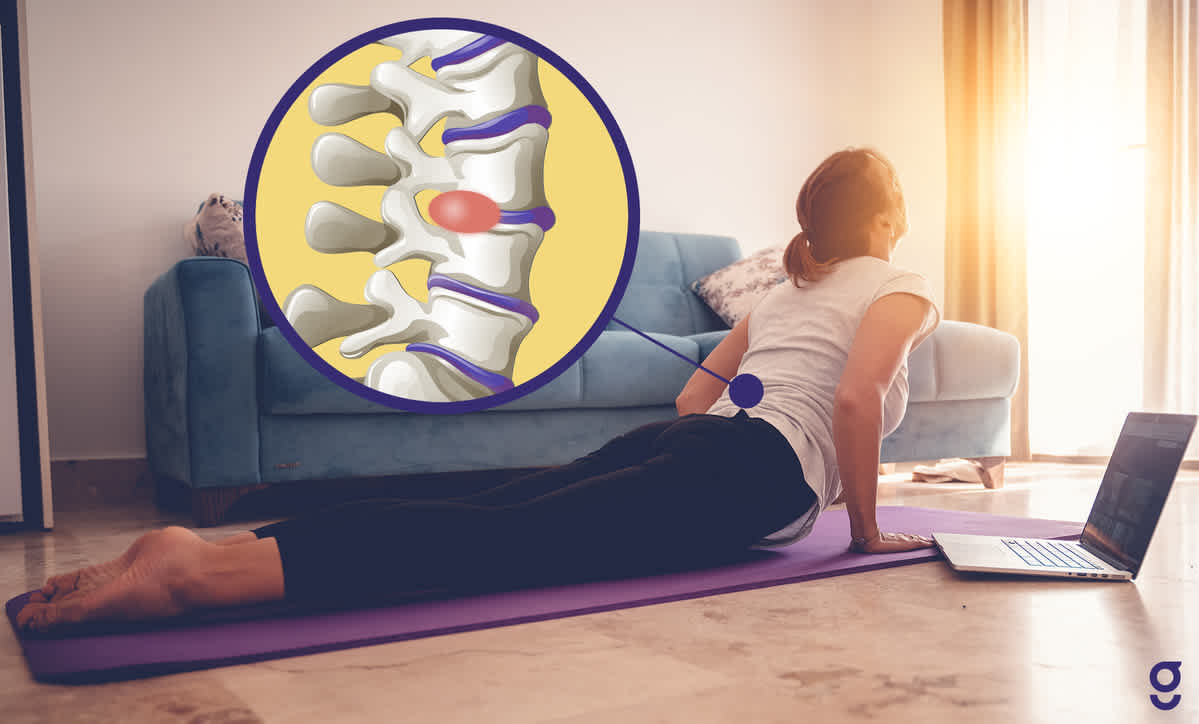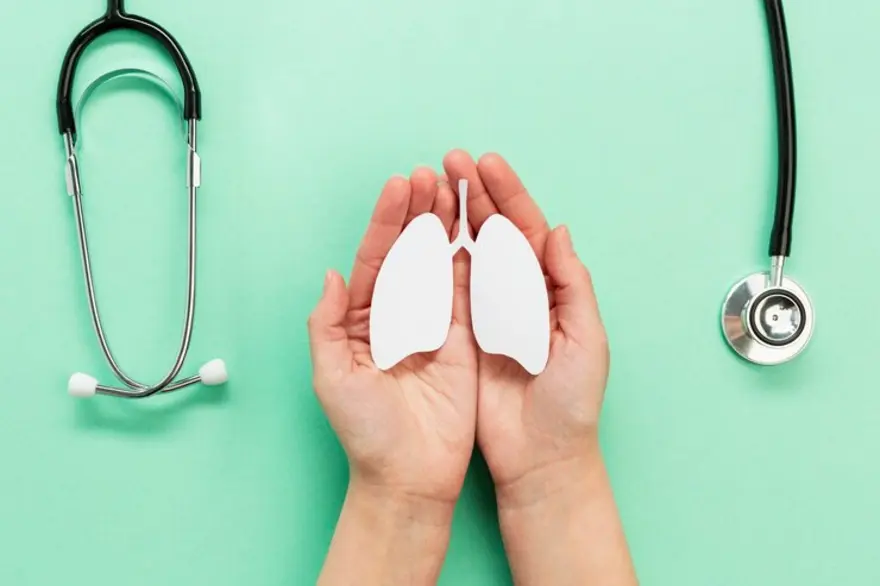Preventive Healthcare
Slipped Disc Exercises for Pain Relief and Treatment
3774 Views
0

A slipped disc is a common spinal problem that many people encounter. It happens when the supple tissue cushions between your spine's bones pull out. If it puts pressure on the nerves, it hurts. However, a slipped disc does improve gradually with rest, mild exercise, and painkillers.
What is a Slipped Disc?
In a slipped disc condition, the soft interior of the disc, also called the nucleus, protrudes through the outer fibrous layer of the tissue. Due to this protrusion, you may experience pain in the neck, back, hips, buttocks, or legs. Though rare, some slipped discs do not cause a lot of pain and discomfort. However, more often than not, slipped discs may cause severe discomfort, which may be accompanied by tingling, numbness, or muscle weakness. This may make it difficult for you to carry on with your daily life without assistance.
The wounded person is advised to avoid strenuous exercise to aid spinal disc healing. While doctors recommended complete bed rest earlier, they do not advise the same anymore. Instead, they suggest engaging in modest exercise to hasten the spine's recovery and restore health.
What is The Treatment for a Slipped Disc?
A herniated disc can be treated in many ways. Typically, doctors suggest pain medication, rest, physical therapy, and other conservative treatments. Surgery is only advised if conventional therapeutic measures fail to relieve the symptoms after six weeks of treatment.
It has been observed that prolonged periods of sitting or lying down are bad for the body and make it harder to recover from a herniated disc. This is also why doctors do not recommend mere bed rest anymore in cases of slipped discs. It may make the condition worse or prolong the healing process. Slipped Disc Exercises can help the backbone repair itself while preserving or improving general health. Always request Slipped Disc Exercisesa medical exam from a doctor before indulging in any physical or strenuous activity.
Exercises for Slipped Disc Relief
Long durations of sitting or lying down are detrimental to your health and will prevent your body from recovering from a slipped disc. In fact, it can make your condition worse or make it take longer for you to recover. Exercise can help your back heal while preserving or improving your general health.
A slipped disc requires time to heal. Others take several months to get over their pain and stiffness, while some people heal in a matter of weeks. Because a slipped disc can be extremely painful, you shouldn't start exercising too soon.
Start out gradually and observe how your body responds to each activity before beginning a new one. It's normal to have some pain while performing gentle exercises, but if the pain intensifies or manifests itself in a new area, stop immediately and take a break. If you can manage your discomfort, you'll feel better and be able to resume your normal activities.
Know About: Bone Profile Tests For bone disease
Slip Disc Workout
Leg Stretches to The Chest
Your body's side muscles can be stretched with this workout.
- Carefully bend your knees and rest on your back, using assistance, preferably on a firm, flat surface.
- Slowly bring up one knee until you feel resistance. Count to five while doing so, and grab your leg with both hands.
- After releasing your knee, switch to the opposite knee and repeat.
This procedure can be repeated around five to ten times on each side.
Stretches in a Seated Chair
Your lower spine will experience less strain since this exercise focuses on stretching the hamstrings, which support your core and back.
- Sit in a chair vertically to the floor and put your heel on the floor with one leg extended in front of you.
- Lean over your outstretched thigh while ensuring that your back is as straight as possible.
- Release yourself back to the vertical position after counting to five.
- Change the legs and continue on the opposite side.
Work up to counting to 15 seconds as you go through this exercise at least five times.
Deep Lunges on The Knees
Deep kneeling lunges are performed to stretch your hip flexors and hamstrings while also easing neck or lower back pain.
- Gently crouch down on one knee, and stretch the other leg in front of you with its foot flat on the ground.
- To provide support, place your hands on top of your extended knee.
- Now gently raise the bent knee from the ground. Try to hold it for at least 5 seconds.
- Place your bent knee back on the ground.
- Switch legs and go around the other way.
Repeat this stretch three to five times per knee.
Exercises of The Neck Muscles
Exercises of the neck muscles, especially stretches, can help alleviate pain and pressure if your slipped disc is in the cervical region of the spine.
- Aim your head toward your chest while sitting erect on a chair.
- Hold this for five seconds or until you feel pressure.
- Once you hit resistance, raise your head so that it is straight.
- Lower your left ear toward your left shoulder without twisting your neck. Try holding this position for at least five seconds.
- Take a neutral stance once more and tuck your right ear into your right shoulder. Hold for five seconds.
This process can be repeated 5–10 times at once. If needed, you can perform these exercises twice or thrice a day.
Conclusion
A herniated, bulged, or ruptured disc, often referred to as a slipped disc, produces terrible pain. Although the human spine is designed to resist considerable bending and flexing, this could eventually lead to issues. Shock-absorbing discs surround each bone in the spine, and any problems with these discs are what is causing the discomfort. In cases of slipped discs, understanding pain management techniques is crucial.
You should carefully carry out each stretching exercise to avoid any setbacks because recovering from a slipped disc takes time. Moving too quickly could make the pain worse. Furthermore, you should exercise caution when lifting anything unless you are positive that you are able to hold the weight. Even lifting heavy groceries may be too much when you first experience a slipped disc.
 Home Visit
Home Visit Upload
Upload














1701259759.webp)









 WhatsApp
WhatsApp